If there’s one thing that people in Denver have in common is that most of them have a strong Instagram game.
Who can blame them? If I could be pictured in classy wine tasting one night and then hiking along the trails of the Rocky Mountains the next morning, I too would be the mountain queen of social media. It’s no wonder the Mile High City population grew by 1.22% in 2021 and rents for Denver apartments have risen nearly 16% over the past year. The metropolitan Denver area is now approaching 3 million, from Colorado Springs, Fort Collins, and beyond.
Over the years, we’ve overseen thousands of local moves into or within Denver, discovering who Denver’s top movers are in the process. And that’s not just our opinion; here are what newly minted Denverites say are the best movers in Denver.
The Top 5 Movers in Denver
1. LeDoux Moving Solutions, LLC.
Price: $115/hr. for 2 movers after 2 hours min.
Services Available: Move help/day labor
Equipment Available:
- Furniture dolly
- Hand truck
- Rope $5.00/ea.
- Plastic wrap $30.00/ea.
- Hand tools for assembly
Hours: Monday-Thursday 8:00 AM to 6:00 PM / Friday 7:00 AM to 6:00 PM / Saturday-Sunday 8:00 AM to 4:00 PM
Policies:
- No same-day moving requests
- Next-day moves will have regular rates
- Refund up to one hour of unused time
- Availability to stay 1 hour of overbooked time
Why Customers Love Them:
Customers can’t say enough good things about LeDoux’s professionality and their dexterity for packing a whole house into a truck. LeDoux Moving specializes in senior citizens, but their ability to accommodate any type of move has earned them over 762 verified reviews and an average of 4.7 out of 5 stars.
2. Unloading Services Inc.
Price: $120/hr for 2 movers after 2 hours min.
Services Available: Move help / day labor / Movers with a truck
Equipment Available:
- Furniture dolly
- Hand truck
- Rope $10.00/ea.
- Plastic wrap $25.00/ ea.
- Hand tools for assembly
Hours: Monday-Saturday 9:00 AM to 7:00 PM
Policies:
- Additional 15% charge for same-day requests
- Next-day moves will have regular rates
- Refund up to one hour of unused time
- Availability to stay 1 hour of overbooked time
Why Customers Love Them:
They’ve amassed 4,500 moves on HireAHelper with an average score of 4.6 out of 5 stars, so it’s safe to say that they know a thing or two about moving in the Denver metropolitan area, including Commerce City. In their reviews, customers have praised their ability to handle big tricky objects and fragile items.
3. Colorado Relocators Professional Services
Price: $130/hr. for 2 movers after 2 hours min.
Services Available: Move help / day labor
Equipment Available:
- Furniture dolly
- Hand truck
- Hand tools for assembly
Hours: Monday-Sunday 7:00 AM to 7:00 PM
Policies:
- Same-day moves at regular rates
- Next-day moves will have regular rates
- No refund of unused time
- No guarantee of availability beyond booked time
Why Customers Love Them:
Their trademark is friendly, capable, and experienced movers that go above and beyond to make their customers happy (which would sound a little on the nose, but read their reviews!). They have an average rating of 4.9 out of 5 stars — and they even work on Sundays!
4. Genesys Moving Services LLC
Price: $100/hr. for 2 movers after 2 hours min.
Services Available: Move help / day labor
Equipment Available:
- Furniture dolly
- Hand truck
- Rope $10.00/ea.
- Plastic wrap $45.00/ea.
- Hand tools for assembly
Hours: Monday-Saturday 8:00 AM to 5:00 PM
Policies:
- No same-day requests
- Next-day moves will have regular rates
- Refund up to 1 hour of unused time
- Availability to stay 1 hour of overbooked time
Why Customers Love Them:
Genesys started 5 years ago, but they have poured their heart into their moving services, so every customer can experience an easy, carefree move. They can fulfill your needs for local household moves, business moves and are specialized in moving extra heavy items like pianos and gun safes. Genesys prides itself on its continuous training so every single one of its movers does an excellent job.
5. 4 Corner Movers
Price: $90/hr. for 2 movers after 2 hours min.
Services Available: Move help / day labor
Equipment Available:
- Furniture dolly
- Hand truck
- Rope $5.00/ea.
- Plastic wrap $20.00/ea.
- Hand tools for assembly
Hours: Monday-Wednesday 8:00 AM to 6:00 PM / Thursday-Sunday 8:00 AM to 4:00 PM
Policies:
- No same-day requests
- Next-day moves will have regular rates
- Refund up to one hour of unused time
- Availability to stay 1-hour overbooked time
Why Customers Love Them:
Based in Aurora, they are “the backbone for Colorado residents and companies”. They provided moving services to those in need during the heaviest part of the Covid-19 pandemic, and at budget-friendly prices. They are relatively new to the game, but they already have an average rating of 4.6 out of 5 stars after 196 jobs done through HireAHelper!
Denver Moving Stats
How much would it cost to hire movers in Denver?
$463 is the average cost of a local moving company in Denver.
This ultimately will depend on how many movers you’ll need, as well as what equipment you’ll need.
How long do moves take in Denver on average?
Plan on a window of 3 hours with 2 movers, on average.
Of course, that will depend on the size of your house and any other special items that may require special attention, but this estimate is a good starting point. Some of these movers can also provide a truck. On average, people book a 16’ truck to carry their belongings. If you’re renting your own truck, here’s a rental truck comparison guide with real-time pricing.
Protip: Moving and parking a truck in Downtown Denver can be a nightmare on weekdays and rush hour. If you can, aim for a weekend move. That’s when the streets tend to be less crowded. (Just make sure there aren’t any special events happening!)
Want more options?
The mover you need will depend on the distance you’re moving, your schedule, and the size of your move… so do your research.
Get Help Unloading Your Rental Truck
See prices for movers by the hour—instantly.
Read real customer reviews.
Easily book your help online.
Make sure to get a few estimates before booking. Luckily, the HireAHelper network is a great place to start! You can compare the movers with the better rating and prices, and since most of them service Dever’s metropolitan area plus suburbs, you’re likely to have several great options.
Booked a move in Denver? Tell us about it in the comments below!


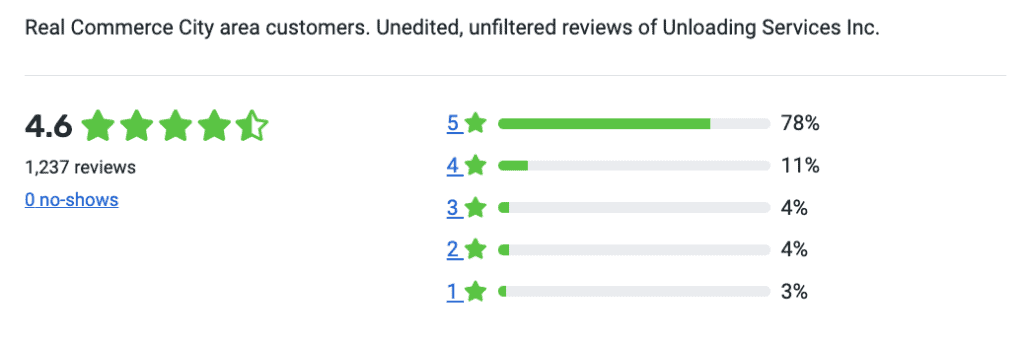
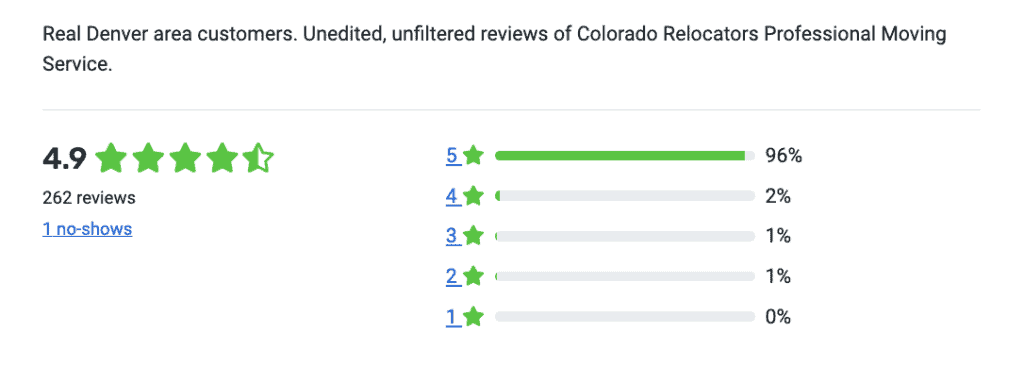
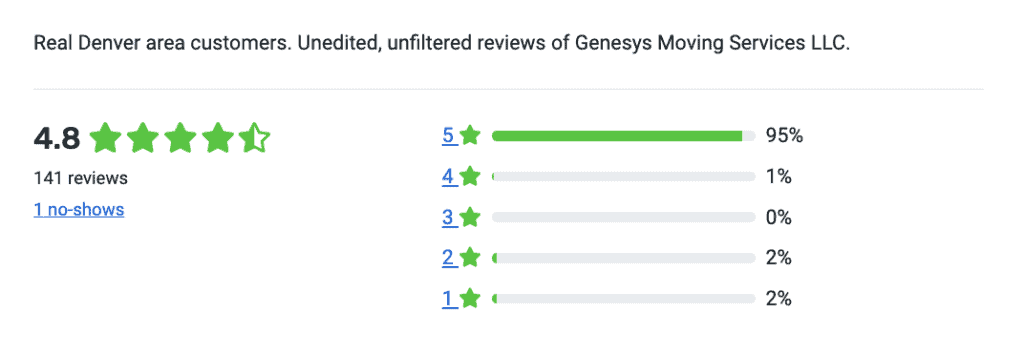


 This is an oft-repeated belief about women, but in this case, her suggestion isn’t simply fleeting. A version of this sentiment is reflected in various peer-reviewed studies which investigated key personality traits to succeed in business that go beyond knowledge, technical ability and experience. One 2016
This is an oft-repeated belief about women, but in this case, her suggestion isn’t simply fleeting. A version of this sentiment is reflected in various peer-reviewed studies which investigated key personality traits to succeed in business that go beyond knowledge, technical ability and experience. One 2016  When we look at where people who moved for love ended up, there are some big differences between states.
When we look at where people who moved for love ended up, there are some big differences between states.






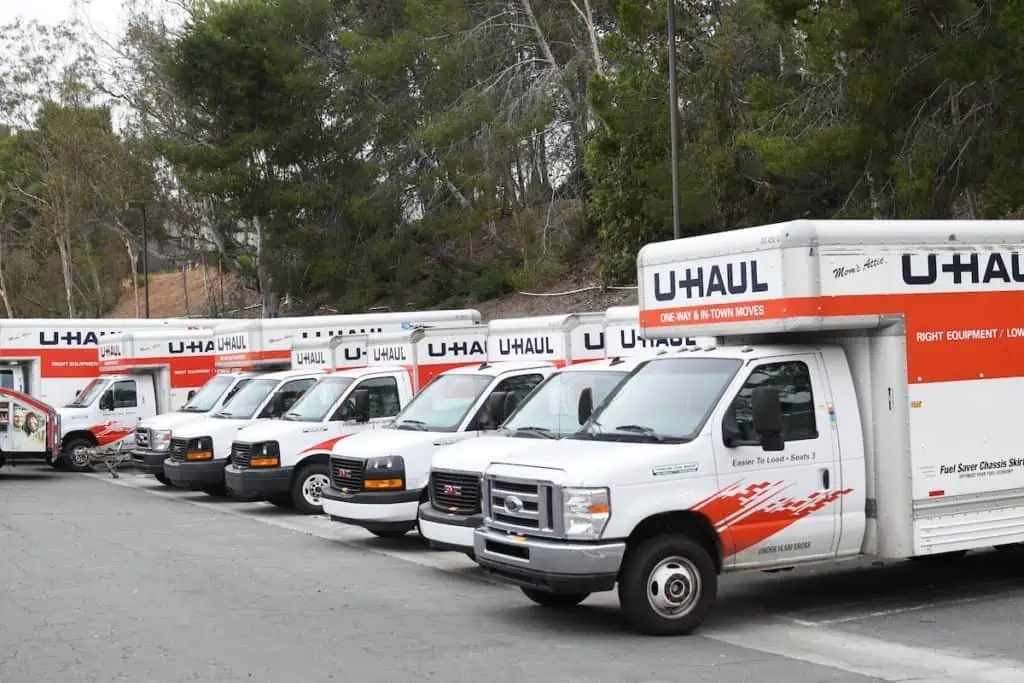
 Out-of-state admission is a decent measure of how much of a pull a given college has, but it doesn’t give us the full picture. Some schools may feature a high percentage of out-of-state students, but that number may be inflated by attraction from nearby states.
Out-of-state admission is a decent measure of how much of a pull a given college has, but it doesn’t give us the full picture. Some schools may feature a high percentage of out-of-state students, but that number may be inflated by attraction from nearby states.

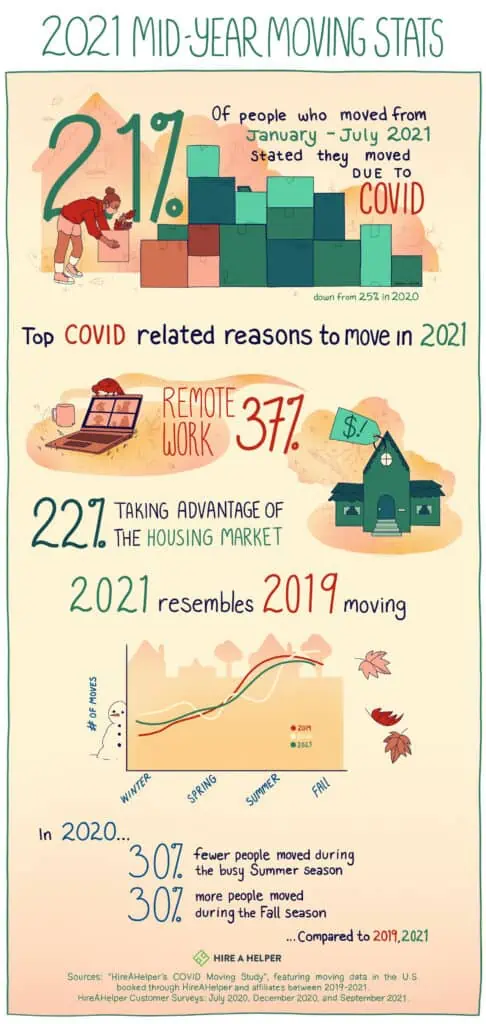
 The emergency repair to the sprinkler cost the couple $642. “When he came back the next day to finish packing, my husband presented him with the invoice for the emergency repair and he asked him if he was going to pay for it,” Mary recounted. “His response was ‘that’s not going to happen.’”
The emergency repair to the sprinkler cost the couple $642. “When he came back the next day to finish packing, my husband presented him with the invoice for the emergency repair and he asked him if he was going to pay for it,” Mary recounted. “His response was ‘that’s not going to happen.’”